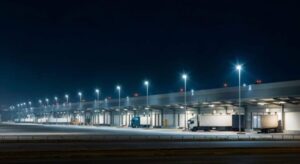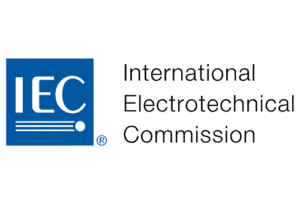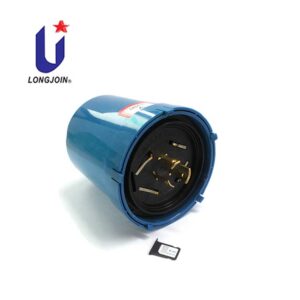The Role of Light Controllers in Innovation of Outdoor Lamp Design
Introduction
Urbanization has drastically changed the way cities approach outdoor lighting. Modern cities demand lighting systems that go beyond basic illumination. Today’s designs must incorporate aesthetics, energy efficiency, functionality, and smart technology.
Light controllers have emerged as key players in this evolution. These devices enable outdoor lamps to operate intelligently, adjust brightness automatically, and save energy. By integrating these features, light controllers offer solutions that meet the needs of urban spaces. They also contribute to sustainability and ensure the longevity of lighting systems.
Intelligent Sensing and Automatic Dimming
What is Intelligent Sensing?
Light controllers rely on advanced sensing technologies. These systems use sensors to check changes in the environment. These can be the right light levels or the number of pedestrians.
For example, during the daytime, outdoor lamps powered by light controllers remain off to save energy. As dusk falls, sensors detect the dimming natural light and activate the lamps. Similarly, in areas with less traffic, lights dim automatically to conserve power. In high-traffic zones, they brighten to ensure safety and visibility.
How Automatic Dimming Works
Automatic dimming adjusts lamp brightness based on real-time data collected by sensors. This functionality ensures outdoor lamps are not unnecessarily bright or consume excessive energy.
For instance, when there is heavy pedestrian activity or vehicle traffic, the light controller increases brightness. In contrast, during late-night hours, the controller dims the lights to minimize energy usage.
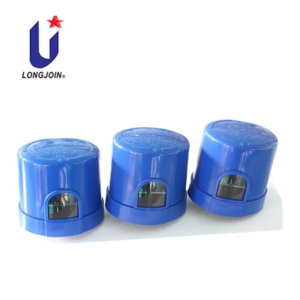
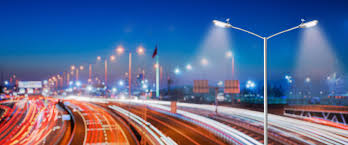
Modular and Customized Design
Rise of Modular Lighting Systems
Modern outdoor lighting increasingly relies on modular designs. These systems allow individual components, such as lamp heads, poles, and light controllers, to be replaced or upgraded independently.
Light controllers are at the heart of modular systems. Their ability to adapt to different setups makes them ideal for urban environments with varied lighting needs. Cities can create customized configurations to meet the unique requirements of streets, parks, or public squares.
Adapting to Different Scenarios
Each urban setting has specific lighting requirements. City streets require bright, uniform illumination for traffic safety. Parks and recreational spaces need softer lighting to create a calming atmosphere.
Light controllers enable designers to tailor lighting solutions for each scenario. They provide programmable features. These allow adjustments to brightness and the timing of operations. This flexibility ensures the right ambiance for each environment, whether it’s a busy intersection or a serene garden path.
Innovation with Renewable Energy Integration
Integrating Solar and Wind Energy
Sustainability has now become a priority. Many cities are adding renewable energy sources into their outdoor lighting systems. Solar panels and wind turbines are now being used for power in both urban and rural areas.
Light controllers play a crucial role in managing these renewable systems. They regulate energy storage and distribution, ensuring that lamps remain operational even when sunlight or wind is scarce. During sunny or windy conditions, excess energy is stored in batteries. At night or during overcast weather, the stored energy powers the lamps seamlessly.
Benefits of Off-Grid Lighting Systems
Off-grid lighting systems are especially beneficial in areas where extending the power grid is impractical or too expensive. Highways, rural villages, and remote parks can all benefit from these autonomously powered solutions.
Light controllers ensure the efficiency of these systems. They balance energy input from renewable sources with consumption needs. This prevents energy waste and ensures reliable operation throughout the night.
Smart Networking and Remote Control
IoT and Centralized Control
The Internet of Things (IoT) has transformed outdoor lighting into a networked system. Light controllers equipped with IoT capabilities connect individual lamps to a centralized monitoring hub.
Operators can monitor the status of every lamp in real time. This includes checking energy consumption, detecting faults, and even adjusting brightness levels remotely. Such centralized control simplifies the management of extensive lighting networks.
Efficiency in Maintenance and Monitoring
Light controllers streamline maintenance operations. When a lamp malfunctions, the controller sends an alert to the central system. Maintenance crews receive precise information about the location and nature of the issue.
Environmentally Friendly Materials and Energy-Saving Designs
Eco-Friendly Materials in Lamp Design
Sustainability extends beyond energy use to the materials used in outdoor lamps. Many manufacturers now prioritize recyclable and non-toxic materials in their designs.
Light controllers support this eco-friendly approach. By optimizing energy consumption, they reduce the overall environmental impact of lighting systems. Additionally, their compatibility with long-lasting LED bulbs further contributes to sustainability.
Energy Optimization with Light Controllers
Energy efficiency is a key feature of modern outdoor lighting systems. Light controllers regulate illumination output to minimize energy waste.
For instance, during low-traffic hours, lights dim automatically. In some cases, they may switch off entirely in areas with no activity. This level of control makes sure that energy is used only when and where it is needed.
Aesthetics Meets Functionality
Dynamic Lighting for Events
Events and festivals require special lighting effects to enhance their visual appeal. Light controllers enable the creation of dynamic lighting setups.
For example, lights can change colors and pulse rhythmically. They can also dim and brighten in patterns. These effects transform outdoor spaces. This creates memorable experiences for visitors. At the same time, light controllers ensure that these decorative features do not compromise safety or functionality.
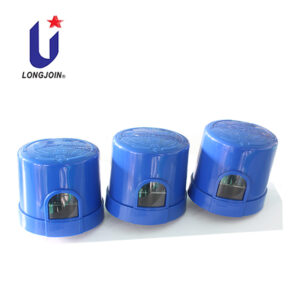
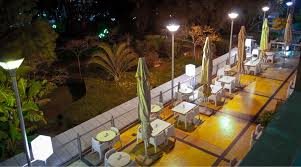
Maintaining Functionality and Safety
Aesthetic innovations in outdoor lighting must still meet practical requirements. Streetlights, for example, must provide the required brightness. This ensures the safety of pedestrians and drivers.
Light controllers strike a balance between aesthetics and functionality. They allow for creative designs. This is done while maintaining essential features like consistent brightness and reliable performance. This combination makes them indispensable for modern outdoor lighting systems.
Summing Up
Light controllers have revolutionized outdoor lamp design. They enable intelligent operations and support renewable energy integration. They also improve the overall look and functionality.
With cities growing there will be an increase in demand for smart, sustainable lighting will only increase. Light controllers will remain at the forefront of these innovations. This will drive advancements that make urban spaces more efficient and eco-friendly.
FAQs
How do light controllers improve energy efficiency in outdoor lamps?
Light controllers use sensors to adjust brightness based on environmental conditions. This reduces unnecessary energy consumption.
Can light controllers work with renewable energy sources?
Yes, light controllers manage energy storage and distribution for solar and wind-powered lighting systems.
How do light controllers enhance outdoor lamp aesthetics?
They enable dynamic lighting effects, such as color changes and dimming. This is done while maintaining functionality and safety.
External Link:
https://www.techtarget.com/iotagenda/definition/Internet-of-Things-IoT

